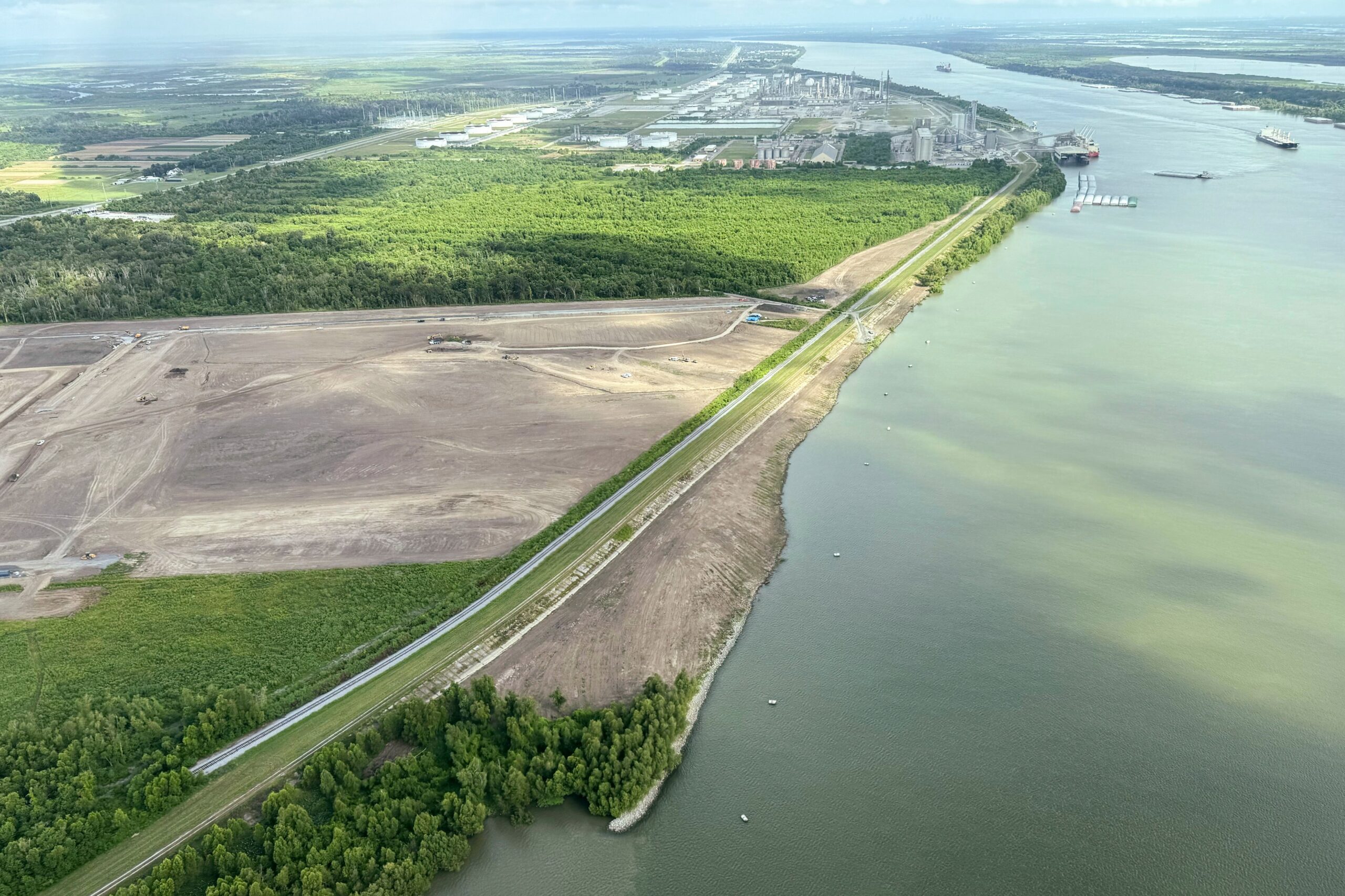A plan to rebuild disappearing land
In order to counteract erosion and sea level rise on the Gulf Coast, the Mid-Barataria Sediment Diversion Project sought to restore more than 20 square miles (32 kilometers) of land in southeast Louisiana over a 50-year period. Trustees cautioned that if the project did not proceed, the state would have to reimburse the hundreds of millions of dollars it had already spent when building paused last year due to lawsuits.
Republican former Louisiana Representative Garret Graves, who once oversaw the state’s coastal restoration agency, claimed that abandoning the project was a rash choice that was “not grounded in science.”
According to Graves, it will lead to one of the biggest defeats for our coastline and community safety in decades. It’s perplexing that someone felt this was a good idea, but I’m not sure whose palm reading or chiropractor they consulted for advise on this.
Supporters of the project emphasized that it would have offered a large-scale, data-driven solution to lessen the worst effects of eroding coastline in a state where the U.S. Geological Survey estimates that over 2,000 square miles (5,180 square kilometers) of land have disappeared over the past century and a football field of land is lost every 100 minutes.
The project, which began construction in 2023, would have redirected sediment-laden water from the Mississippi River to restore wetlands that had vanished due to a variety of causes, such as sea level rise brought on by climate change and a massive network of river levees that prevented natural land regeneration from sediment deposits.
According to Kim Reyher, executive director of the Coalition to Restore Coastal Louisiana, neither the evidence nor the urgency of action have altered. The political environment has shifted.
“No other single restoration project has been planned and studied as extensively over the past decades,” the Louisiana Trustee Implementation Group stated last year.
A perceived threat to Louisiana culture
Democratic Governor John Bel Edwards had pushed the project, which had garnered broad bipartisan support, but his successor has been an outspoken critic. Landry shrank back at the escalating cost and heightened worries that local fisheries would be devastated by the huge influx of freshwater.
Landry has linked the proposal to government attempts to punish schools for speaking Cajun French a century ago and claimed that it would “break” Louisiana’s tradition of gathering shrimp and oysters.
Mitch Jurisich, who chairs the Louisiana Oyster Task Force and sued the state over the project’s environmental impacts, including the likely death of thousands of bottlenose dolphins from the onslaught of freshwater, said, “We fought this battle for a long time, but Gov. Landry is the reason we won this battle.”
The project is no longer financially or physically feasible, according to a statement from Landry, who also noted that the cost has doubled since 2016.
According to Landry, this amount of spending is unsustainable. Additionally, the proposal jeopardizes Louisiana’s coastal culture, seafood economy, and the livelihoods of the fishermen who have supported our state for decades.
More than $400 million was included in the project’s budget to help the oyster industry construct additional oyster beds and to mitigate the expenses to nearby communities. Proponents of the project said that if the state did nothing to protect the rapidly disappearing coastline, communities would be uprooted nevertheless.
There’s just one way to answer that question: either you relocate people or you move oysters,” Graves stated.
State seeks a smaller, cheaper solution
The project was “no longer viable at this time based on a totality of the circumstances” that included costs, litigation, and a federal permit suspended earlier this year after the state halted work on the project, according to a statement from Louisiana’s Coastal Protection and Restoration Authority, the lead agency in charge of the project.
Our dedication to coastline restoration has not faltered, according to Chairman Gordon Gordy Dove, who also stated that they intend to explore a smaller-scale diversion in the area. Earlier this year, Dove informed lawmakers that a different plan that would carry river water into the Gulf Coast at a pace 5 to 30 times lower than the 75,000 cubic feet per second of the Mid-Barataria project might save the state at least $1 billion.
The change in plans infuriated conservation groups. With the end of the Mid-Barataria project, public transparency and science-based decision-making were completely abandoned. A coalition of environmental organizations called Restore the Mississippi River Delta stated in a statement that the state was squandering funds meant to safeguard its coastal economy and citizens.
The coalition claimed that other state-proposed options, such dredging to rebuild land or smaller-scale diversion, were not as thoroughly scientifically vetted as the Mid-Barataria project and were insufficient to effectively address land loss.
The coalition declared, “A stopgap project without data is not a solution.” We require designs for distraction that are supported by research rather than politics.
___
Brook is a member of the Statehouse News Initiative’s Report for America/Associated Press corps.A nonprofit national service initiative called Report for America places reporters in local newsrooms to explore topics that aren’t often covered.






